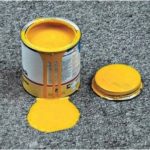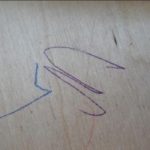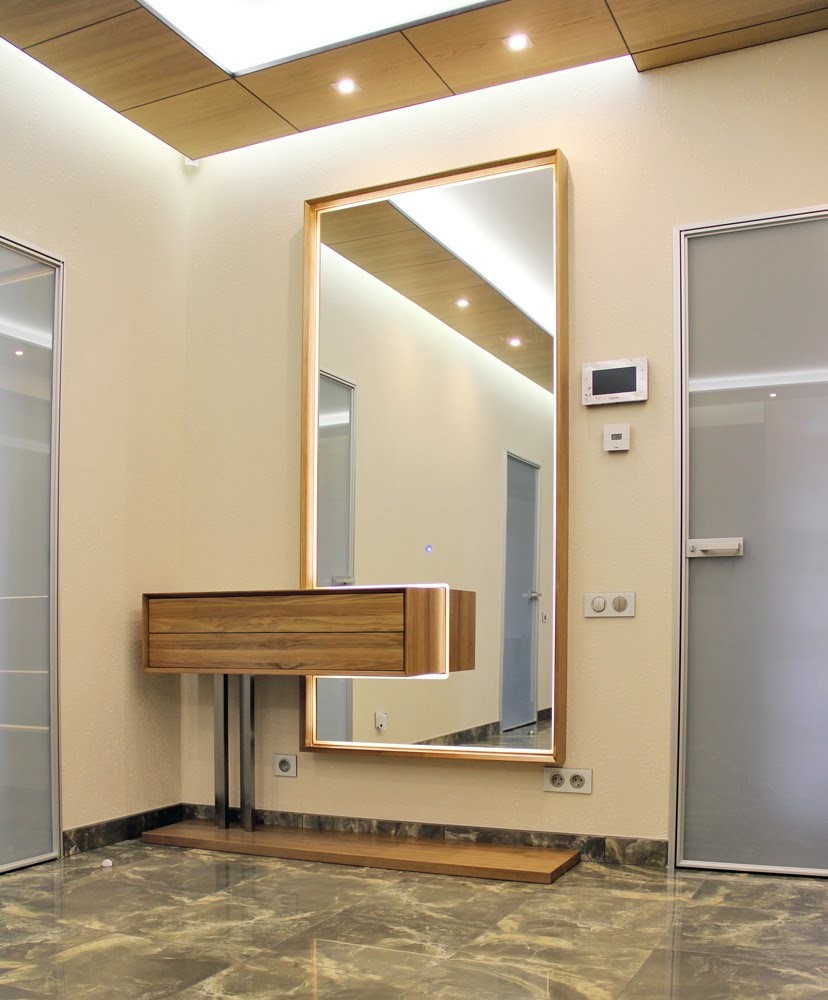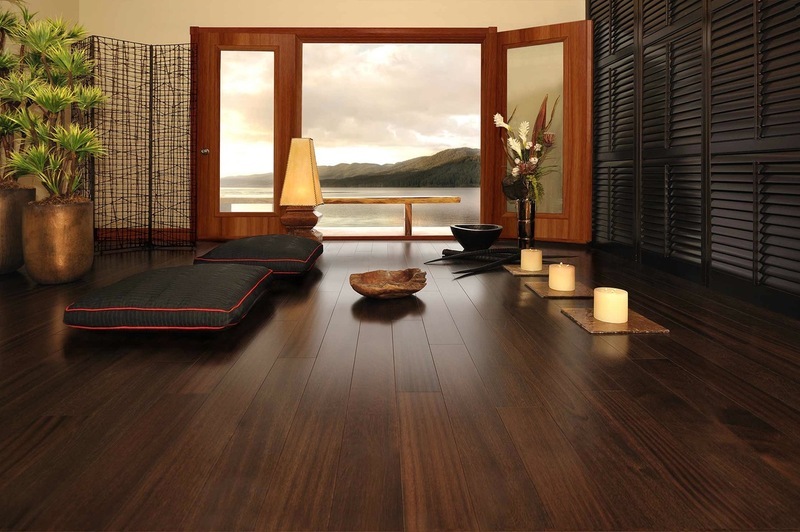How to wipe blood from wallpaper?
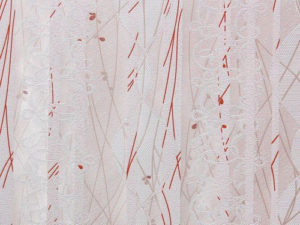 Blood stains can appear on any surface or item at home. Contamination on the wallpaper is the result of careless destruction of insects or the result of splashes due to an accident. If it’s not difficult to remove blood from clothes, just take it to the bath, then what about items that cannot be removed and washed by hand. But there are ways to remove blood stains from wallpaper quite effectively.
Blood stains can appear on any surface or item at home. Contamination on the wallpaper is the result of careless destruction of insects or the result of splashes due to an accident. If it’s not difficult to remove blood from clothes, just take it to the bath, then what about items that cannot be removed and washed by hand. But there are ways to remove blood stains from wallpaper quite effectively.
ADVICE! The likelihood of infection from the stain is low. But if it is large and applied recently, especially in public spaces, it would be a good idea to play it safe. Before the process, you need to wear rubber or latex gloves.
The content of the article
How to wipe blood from paper wallpaper?
Paper coverings require careful handling. Therefore, they should not be rubbed with a hard brush or abrasive materials, as the streak may increase in diameter and the wallpaper may tear.
To remove a fresh stain, you should take the following measures:
- A newly appeared mark can be wiped off with cold water. To do this, moisten a bandage or cotton wool and blot the surface several times.
IMPORTANT! Old stains are more difficult to deal with, so the sooner you start removing them, the better the cleansing will be.
- Hydroperite copes well with blood stains. Apply a 3% hydrogen peroxide solution to a cotton pad and gently press it onto the surface. This procedure should be repeated several times, changing the cotton wool.
- You can use a sharp razor blade to remove small splashes.
The blade should be used if the spot is small, otherwise you will damage the thin structure of the coating.
- A piece of white bread crumb will help cope with the problem. Press the crumb onto the stain and hold for a few seconds.
- To radically solve the problem, you can use a clerical proofreader to cover up the flaws.
ADVICE! This method is convenient when the stain is small and the wallpaper is white or light in color.
How to wipe blood from non-woven and vinyl wallpaper?
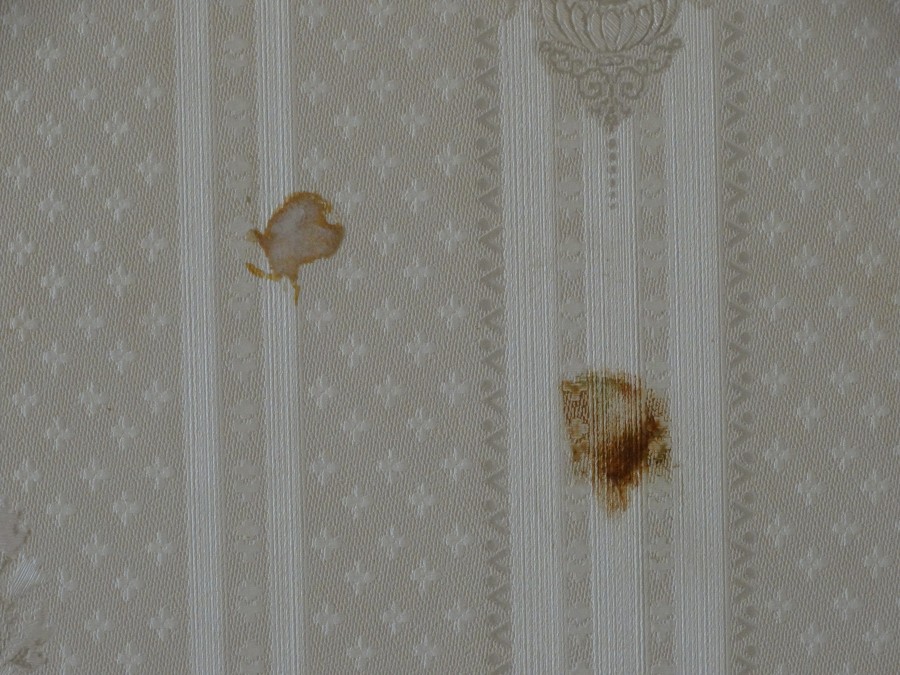 The material with a dense base is good because it is resistant to stains and allows the use of more radical measures when cleaning. If blood gets on non-woven or vinyl products, then in addition to the above tips, you can apply others.
The material with a dense base is good because it is resistant to stains and allows the use of more radical measures when cleaning. If blood gets on non-woven or vinyl products, then in addition to the above tips, you can apply others.
If you have a piece of roll left over, look at the type of care they took. They are marked with permissible contact with liquid and cleaning intensity.
- To remove stains from non-woven wall coverings, you can use a soap solution. Shape the laundry soap and dissolve it in cool water. Gently scrub the area and rinse off the soapy mixture with a sponge.
- Dishwashing gels and shampoos have good cleaning ability. Add 1 tbsp of product to a glass of water and bring it to foam, rinse the stain well with a brush. Remove any remaining gel and wipe dry with a sponge.
Thicker wallpaper should be scrubbed with care, avoiding joints at the seams. If there is oversaturation with liquid and strong pressure, they can separate from the wall.
- For fragile vinyl flooring, use a water mixture with tooth powder. Apply this creamy slurry to the surface and leave for a day. Then remove any remaining paste with a brush.
- Potato starch helps. Dissolve 1 tablespoon of starch in 1 glass of water and wipe off the stain. After the starch has dried, carefully remove it with a dry napkin or cloth.
- You can resort to saline solution. Treat the material with a mixture in a ratio of 30 g of soda per liter of water, after 2-3 hours, rinse and wipe dry.
- There are also special products for wallpaper care. They contain enzymes that break down many bodily fluids.
ADVICE! Before using specialized substances, check a piece of wallpaper for resistance to deformation and stains.
- Ammonia diluted with water in a ratio of 1 to 3 is suitable. Dip a cotton swab into it and carefully blot the stain without rubbing the surface.
Take your time to kill insects on the walls, and if a problem appears, start immediately cleaning the wallpaper.

